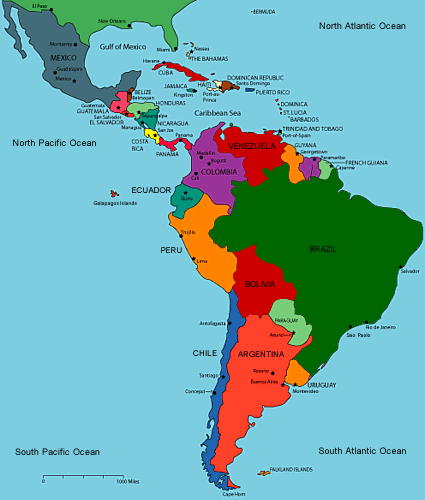We take you to the danger zones of Latin America where earthquakes, landslides, and volcanos are common. These events often lead to even bigger problems with flooding, famine, and disease. Our Red Cross distaster expert explains why these regions are active disaster zones, and what can happen. We look at how these disasters affect the people and their livelihoods, and what people do when fate strikes. We show short video clips of real disaster zones. We share information with participants on what they can do if caught in a dangerous situation, and explain how to help people who have been devastated. Finally, discuss if these disasters have anything to do with the Mayan 2012 prophecy.
Participants will:
- interact with a disaster expert from Red Cross, Colombia.
- learn Spanish vocabulary related to geology and disasters.
- understand concepts of plate boundaries, volcanos, earthquakes, and landslides, as well
as secondary effects.
- discuss cultural influences in disasters, and international cooperation.
- understand importance of preparedness.
Interactive Cost: $125.00
Interactive Cost with Premium Service: $112.50 What's this?
| Matt Pearce mattpearce@interlingospanish.com Cra. 25 #70-16, 401 Manizales, Caldas 00000 Colombia Phone: 2152687212 Fax: 206-339-5052 Taken from the CILC weekly updates http://is.gd/q0YNgz |










